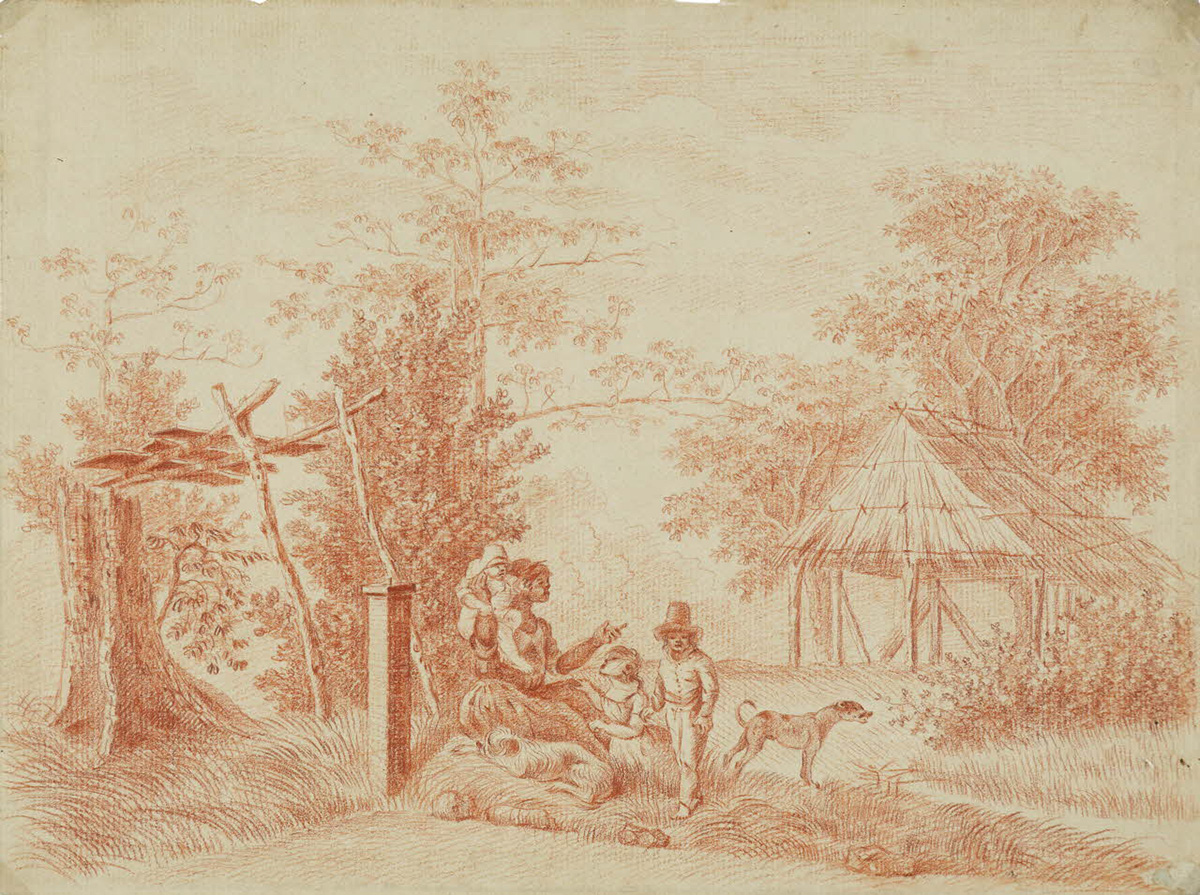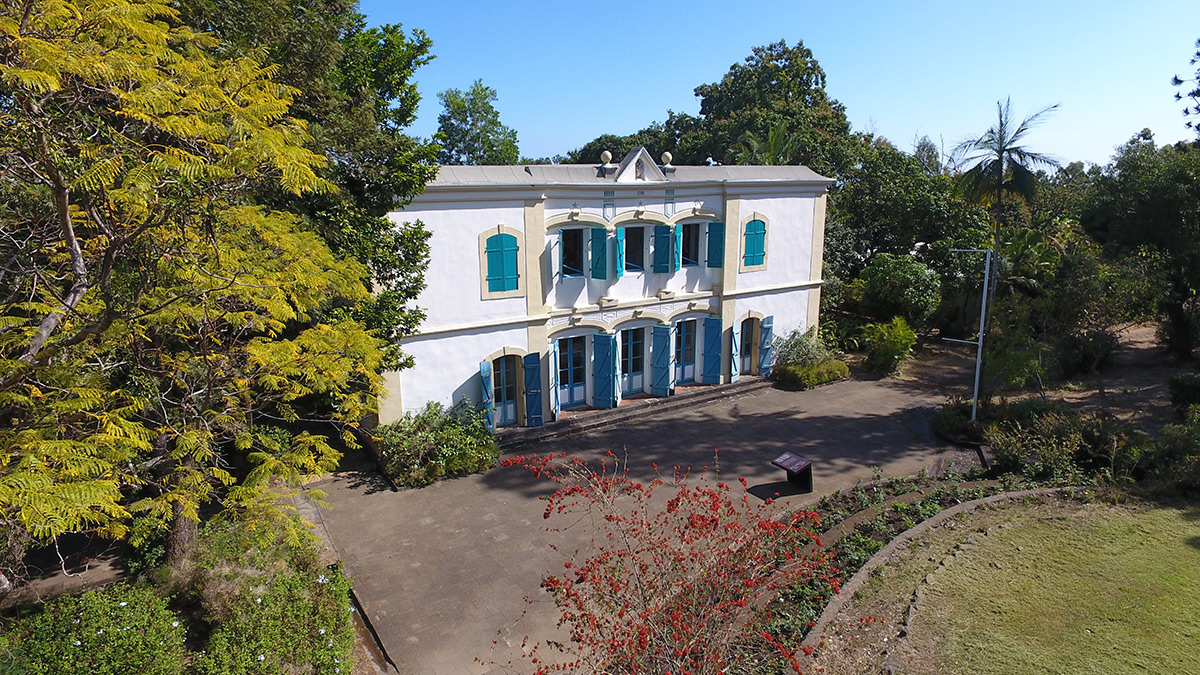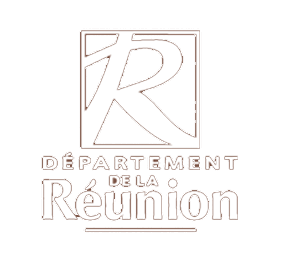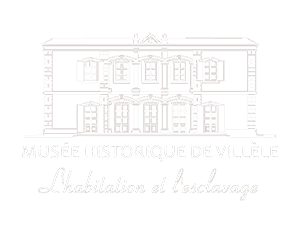An article written by Albert Jauze, Doctor in History.
The initial surprise raised by the idea of relations of trust between enslaved persons and their masters deserves to be submitted to the study of various sources from the Archives. In actual fact, there exist authentic documents produced by men or women having authority over their slaves, that that bear witness to the links between them.
Trust is built up in different ways. It is first created during childhood between the child and the nanny. It continues throughout people’s lives. It necessitates the master recognising the qualities of the slave. Faithful services, at times over several generations, care given at times of sickness, contributed to strengthening links.

Collection of Reunion Departmental Archives, inv. 26J16
While it was not openly declared, we cannot deny that enslaved persons sometimes stayed under their masters’ roof, if only for practical reasons. However, we know nothing of the practical elements of this organisation or its extent, since the documents contain no information.
Here, we are faced with a reality that is far from the usual analyses concerning modern-day slavery, servile rebellions and phenomena of maroon slaves. In any event, when studying these specific relations, we are limited to the sole vision of the masters. We are reduced to putting forward vague hypotheses, apparently ineffable, concerning the intimate details of the enslaved individual.






